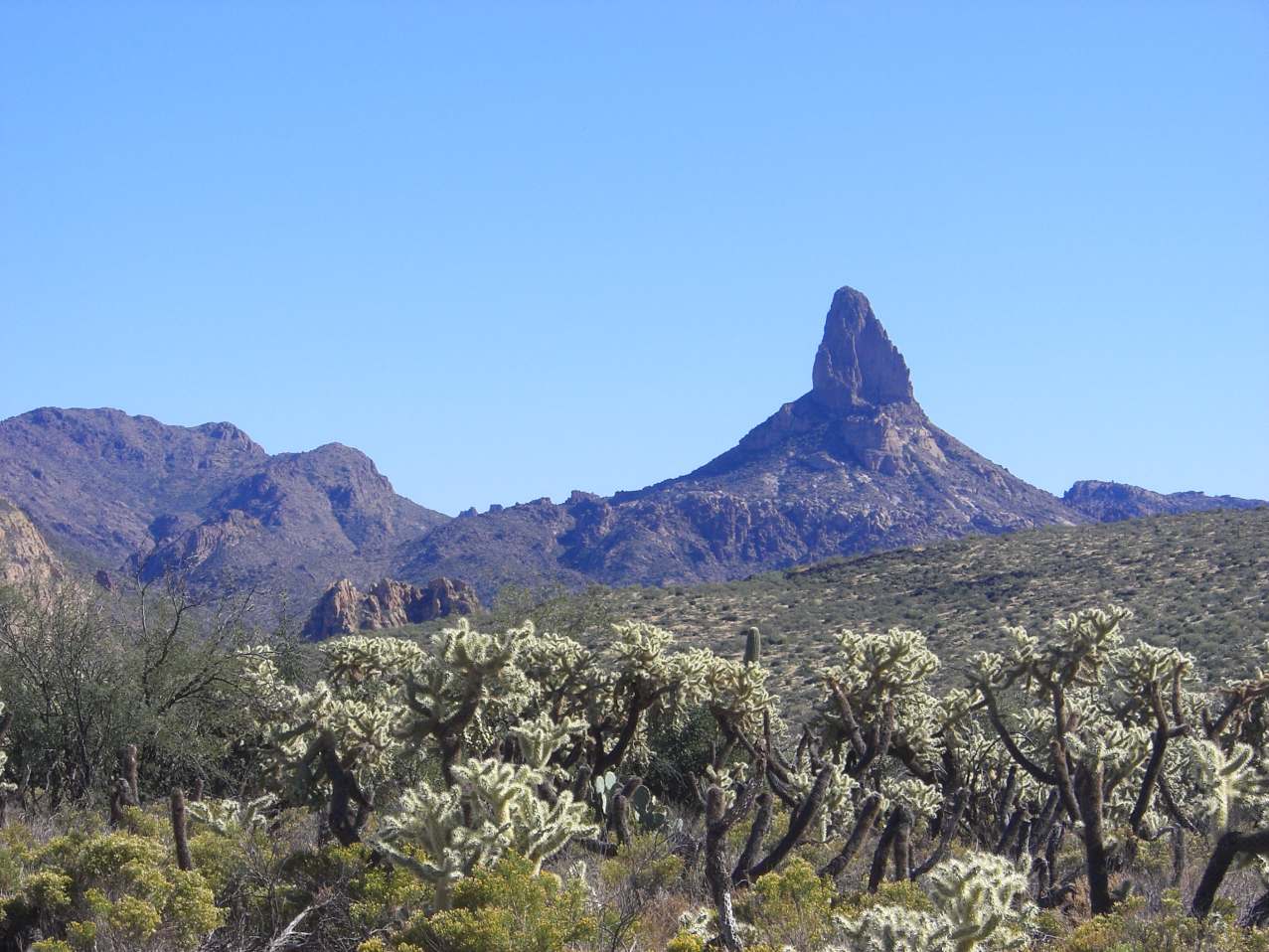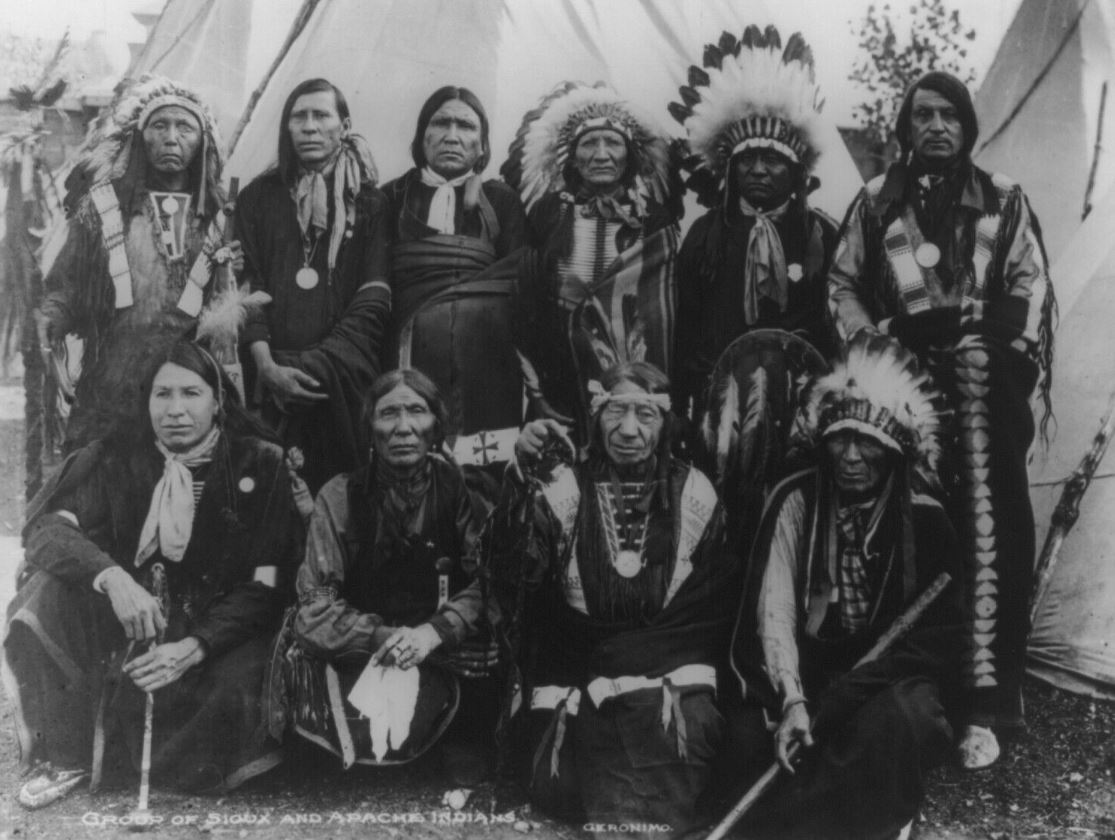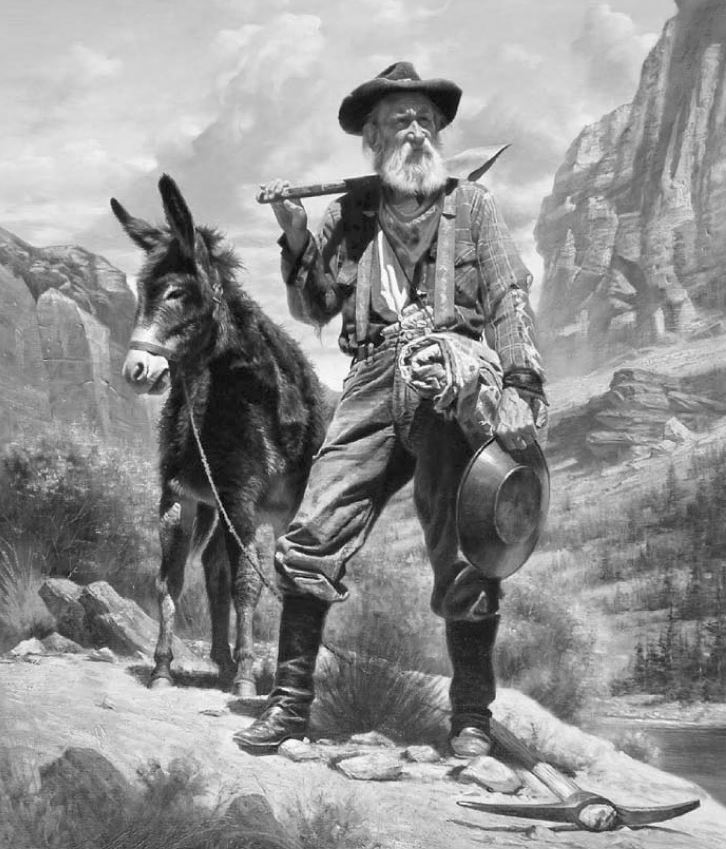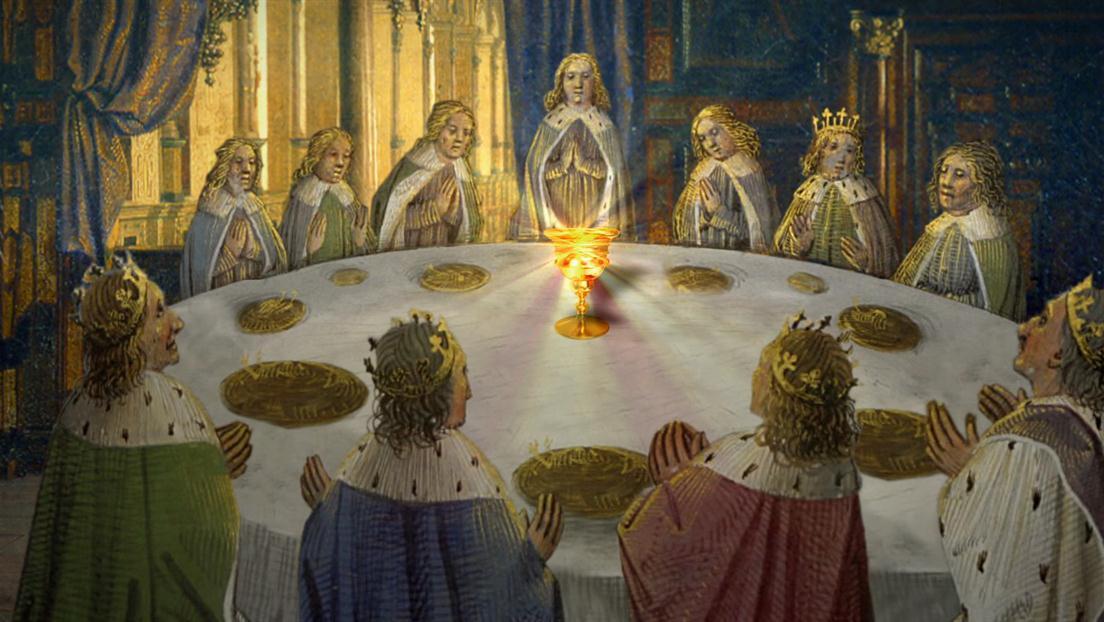
Nestled within the intricate canyons and rugged peaks of Lost Dutchman’s Mine, east of Phoenix, Arizona lies an enduring tale of mystery and untold wealth—the legend of the Lost Dutchman’s Mine. In the latter half of the 19th century, Jacob Waltz, a German immigrant, discovered a hidden gold deposit within these formidable mountains, sparking a narrative steeped in secrecy and enigma. This exploration aims to delve even deeper into this iconic mystery unraveling complexities, debunking myths, and shedding light on the enduring allure that defines one of the American West’s most captivating mysteries.
The enigmatic figure at the heart of the Lost Dutchman’s Mine saga, Jacob Waltz, arrived in Arizona during the mid-1800s. Settling on the tallest peak of the Superstition Mountains, standing at an imposing 3,000 feet, Waltz stumbled upon a mother lode of gold. Choosing to guard his discovery with utmost secrecy, Waltz set the stage for a saga that would transcend time. His homestead became the epicenter of speculation and intrigue, as rumors of unimaginable wealth spread through the canyons and peaks like wildfire.
Waltz’s life, however, was not without its share of complexities. Recent historical findings indicate that Waltz had intricate dealings with local Apache Native American Indians. Legend has it that a young Apache girl named Ken-tee, who became Waltz’s mistress despite the significant age gap, played a crucial role in divulging the mountains secrets of the vast gold and silver supplies. In a tragic turn of events, enraged Apaches reportedly punished Ken-tee by ripping out her tongue, leaving Waltz to escape their wrath. These untold facets of Waltz’s life add great suffering and personal tragedy to the already mystifying tale of the Dutcman’s Mine.
The nomenclature of the mine itself adds a bit of linguistic intrigue to the tale. Despite common belief, Jacob Waltz was not Dutch but German. The misnomer originated from the mispronunciation of “Deutsch,” the German word for German. This linguistic twist, while a seemingly minor detail, captures the subtle intricacies of the Lost Mine’s story and highlights the evolution of its narrative over time.
Recent linguistic studies suggest that the mispronunciation may have occurred due to cultural and linguistic differences prevalent in the melting pot of the American West during the 19th century. German immigrants like Waltz, with their distinctive accents, may have been misunderstood by English speakers, leading to the inadvertent creation of the “Dutchman” moniker.
The Elusive Treasure Map and an Imposing Curse:
At the core of the of all of this is the prospect of a treasure map, a cryptic series of clues left by Waltz himself. Decades of speculation and exploration, however, have yielded minimal success in deciphering these enigmatic hints. Modern linguistic and historical analysis of Waltz’s personal effects, including journals and letters, reveals that the clues might be embedded in a unique cipher, requiring a profound understanding of Waltz’s mindset and experiences.
The exact location of the gold mine remains elusive, perpetuating the mystique surrounding the Dutchman’s Mine. Adding an air of foreboding to the legend is the infamous curse associated with the mine—a cautionary tale that warns seekers of potential misfortune, injury, or even death.
In the wake of Waltz’s passing in 1891, a procession of treasure hunters and adventurers embarked on perilous journeys to unravel the secrets of the Superstition Mountains. Herman Petrasch, Waltz’s nephew, undertook extensive searches in the early 20th century. His quest, marked by familial ties and a fervent desire to unveil the mine’s secrets, tragically ended in disaster. Petrasch’s untimely demise added a poignant tragedy to the saga, leaving behind unanswered questions and a lingering sense of foreboding.
Decades later, in the 1940s, Barry Storm, an adventurer and author, claimed to have discovered the elusive mine. His account, detailed in the book “Thunder God’s Gold,” gained attention but was met with skepticism. Subsequent expeditions failed to corroborate Storm’s findings, leaving the authenticity of his claims in question. The Superstition Mountains, with their steep cliffs, treacherous canyons, and unpredictable weather, including powerful sand dust storms, proved to be formidable adversaries for those in pursuit of the Mine.
The treacherous landscape has claimed the lives of numerous treasure hunters over the years, with many succumbing to injuries, disappearing without a trace, or facing the harsh realities of the unforgiving environment. Despite these risks, the allure of untold riches and the mystique continue to beckon adventurers, ensuring that the Superstition Mountains remain a challenging yet irresistible destination for those seeking to unlock the secrets of the American West.
Modern Tools, Age-Old Mystery:
Advancements in technology ushered in the 21st century with a renewed quest for the Lost Mine, blending modern tools with age-old mystery. Metal detectors, satellite imagery, and sophisticated mapping techniques have been deployed in recent expeditions, with the goal of piercing the veil of the mountain range. However, the mine’s elusive location remains hidden, resisting even the most cutting-edge efforts to unveil its secrets.
The rugged terrain, expansive desert vistas, and a lack of concrete clues continue to safeguard the mystique of the Dutchman’s Mine. Recent archaeological studies conducted within the Superstition Mountains have unearthed remnants of old mining camps and equipment, shedding light on the historical context of gold and silver mining in the region. These findings, coupled with advancements in geological analysis, have provided valuable insights into geological formations, but the exact location of the Lost Dutchman’s Mine remains a closely guarded secret.
In recent years, treasure hunters in the vicinity have reported limited success in finding gold and silver deposits, adding a glimmer of reality to the enduring legend. The allure of striking gold persists, prompting continued forays into the badlands, rough terrains, and unforgiving landscapes that have claimed the hopes and dreams of countless seekers over the centuries.
The Apache Legacy and Legal Concerns:
Unraveling another of the story takes us back in time to the Apache Native American Indians who once inhabited the region. Historical records and oral traditions suggest that the gold and silver deposits within the Superstition Mountains were known to the Apache people for many centuries. These resources were closely guarded secrets, and the Apaches went to great lengths to protect the sacred lands and their abundant treasures.
It is believed that Jacob Waltz learned about the vast supplies of gold and silver from his association with the Apache people, particularly through his relationship with Ken-tee. This revelation adds a profound historical context to the Lost Dutchman’s Mine saga, intertwining the narratives of European settlers and indigenous peoples. The intricate dance between Waltz and the Apache community further underscores the complexities of cultural interactions in the American West during the 19th century.
However, this historical backdrop also brings forth legal complexities in the modern era. The Mountains, once the sacred lands of the Apache, are now a federal reserve wilderness area and an Arizona State Park. The mining of gold and silver in these protected areas is not only considered illegal but also poses significant environmental and cultural preservation concerns.
Despite these legal restrictions, treasure hunters and adventurers continue to explore the Superstition Mountains in pursuit of the elusive gold and silver. The clash between the modern legal framework and the persistent quest for hidden riches adds more riddles to the ongoing saga of the mine.

The Superstition Mountains Today: A Captivating Blend of Beauty and Challenge:
Today, the Superstition Mountains, comprising 160,200 acres, have evolved into a federal reserve wilderness area and Arizona State Park, preserving the rugged beauty and rich ecological diversity of the region. With over 140 miles of well-developed trails and an additional 100 miles of unmarked paths, the lands offer a challenging terrain for hikers, adventurers, and treasure seekers alike.
The peaks and forests within this wilderness area are not only stunningly beautiful but also hold the echoes of centuries-old stories. The striking landscapes, marked by steep cliffs, deep canyons, and an unpredictable desert environment, stand as formidable adversaries to those seeking the lengendary mine. The allure of discovering hidden treasures within this vast expanse persists, drawing individuals to the heart of the American West, where history and mystery collide.
The Apache people left an indelible mark on the region’s history. The gold and silver that were once abundant in this area held cultural and spiritual significance for the Apache Native American Indians. Efforts to preserve and honor this legacy are essential in the ongoing dialogue surrounding this famous enigma. Collaborations between archaeologists, historians, and the Apache community seek to uncover more about the historical interactions between European settlers and the indigenous peoples. By understanding the cultural nuances and respecting the sacredness of the land, modern explorers can navigate with a deeper appreciation for the complex history woven into the landscape.
In the heart of the Superstition Mountains, the Lost Dutchman’s Mine stands as a testament to the indomitable spirit of exploration and the enduring fascination with legendary treasures. Jacob Waltz’s discovery, remains a symbol of the timeless human pursuit of adventure, mystery, and the allure of hidden riches within the vast and breathtaking landscapes of the American West.



